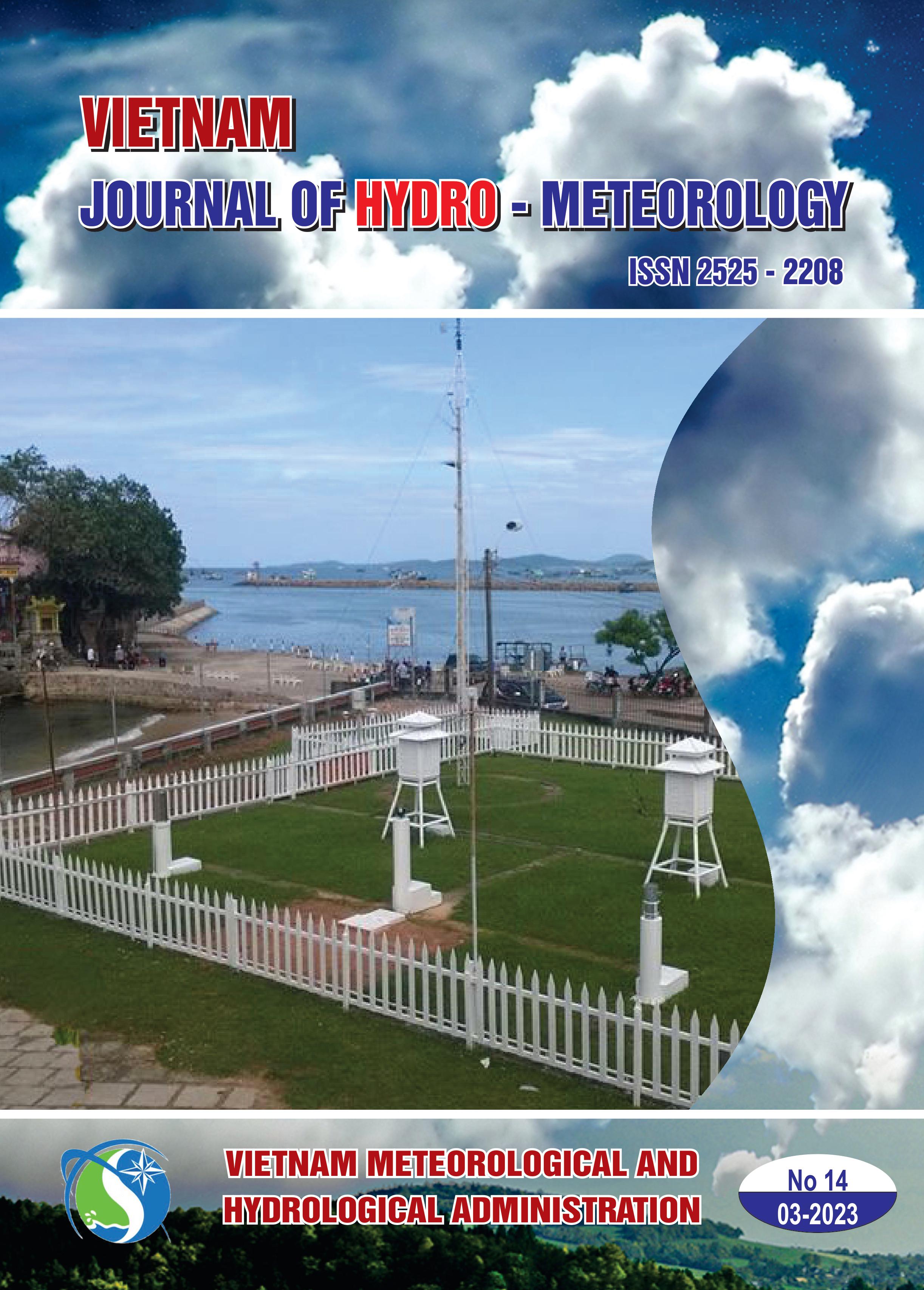A comparative analysis of regression equations for rating curve development at a gauging station in Da river, Northern Vietnam
Tóm tắt
Constructing rating curves at hydrological stations is of tremendous significance for water resources management, yet in Vietnam, it has not been given the adequate attention it deserves. In this study, eight traditional regression equations representing the linear and non–linear correlation between gauging discharge and water level (stage) at PoLech station in Da river, were evaluated with the aim of determining the most suitable equations for discharge interpolation and high flow extrapolation. A straightforward segmentation technique was proposed to simplify the automatic piecewise regression. The results revealed that: i) Second–order polynomial regression equations (in which stage is independent variable and either Q or Q1/2 is dependent variable) proved to be the most efficient for discharge interpolation, when automatic piecewise regression was applied; ii) The linear regression equation illustrating relationship between square root of discharge and stage performed the best for high flow extrapolation; iii) The amalgamated rating curve, which was formed by utilizing all–years rating data, could be used for each year interpolation with care and additional research is required in relation to its accuracy. The potential of being able to generate continual discharge estimations at a low cost and with relatively uncomplicated calibration methods is expansive. This approach has the potential to encourage researchers, aquatic ecosystem stewards, water quality monitors, or appraisers of upstream withdrawals to start gauging river discharge on a more regular basis from an operational standpoint.

